Some animals give you a fair warning before they strike—rattlesnakes rattle, dogs growl, and hornets make it very clear that they’re not here to play. But then there are the silent killers, the venomous creatures that don’t just bite or sting—they inject pure, fast-acting chaos into your system. And if you’re unlucky enough to cross paths with them, you might not have long to figure out what’s happening. From snakes that can shut down your nervous system in minutes to tiny sea creatures packing enough venom to take out a grown human before they even realize they’ve been stung, the animal kingdom is full of deadly surprises.
1. The Box Jellyfish: Nature’s Cruelest Box
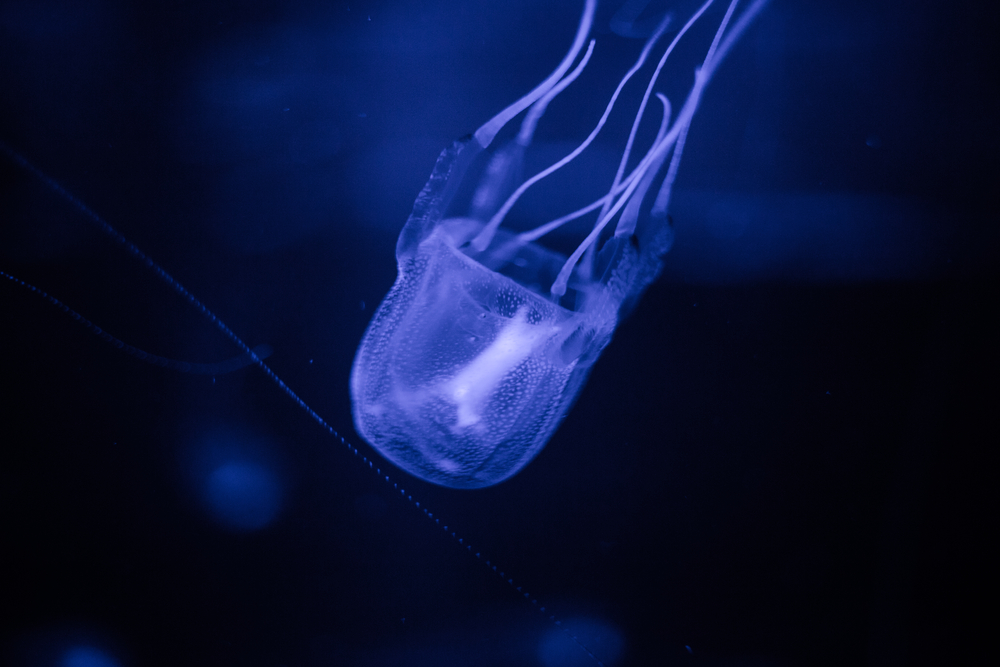
If you think jellyfish are just oceanic blobs with no real agenda, let me introduce you to the box jellyfish, the not-so-cuddly sea dweller with a sting that could make even the bravest among us tremble. With tentacles that can extend up to 10 feet, it’s not exactly the kind of thing you want to bump into during your tropical beach vacation. While its transparent body might make it seem like just another ghostly sea creature, according to Healthline, those tentacles come packed with venom potent enough to cause heart failure in minutes. Imagine going from enjoying a serene snorkeling session to needing emergency medical attention faster than you can say “pass the sunscreen.”
Encountering one of these guys isn’t just about pain—it’s about survival. If stung, the venom can cause paralysis, heart failure, and even death within a timeframe that’s shorter than the typical wait for a dinner reservation. So while you may think you’re safe in the shallow end, always keep an eye out for the box jellyfish—because this is one box that no one wants to get close to.
2. King Cobra: Royalty With a Deadly Bite
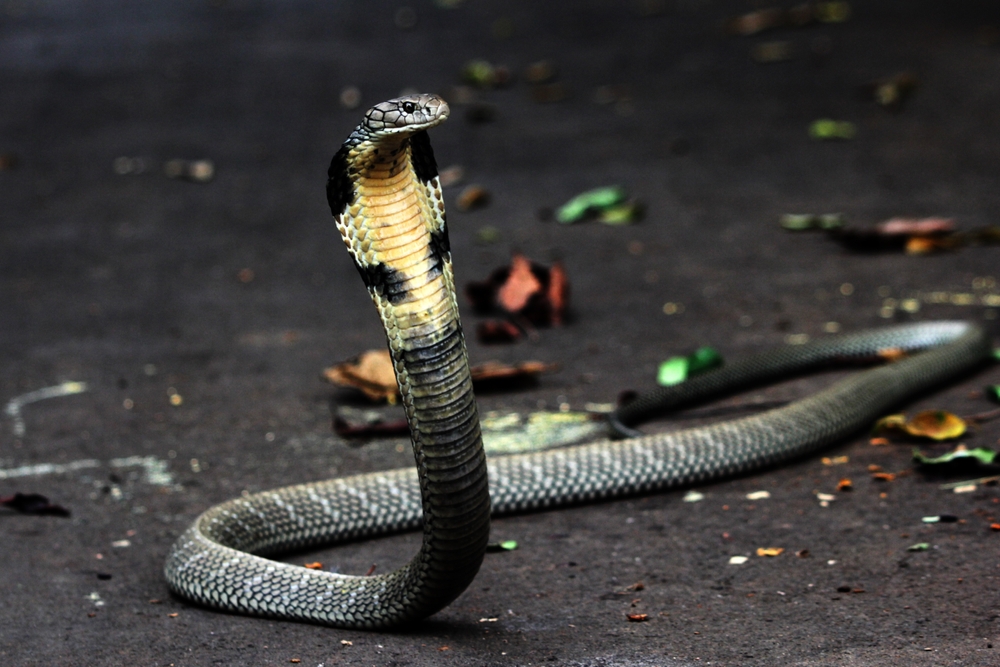
The king cobra doesn’t need a crown to command respect—or fear. Growing up to 18 feet, this snake isn’t just long; it’s the longest venomous snake in the world, and it’s got enough venom to take down an elephant. If you find yourself face-to-face with this regal serpent, it’s best to keep your distance because as National Geographic highlights, as a single bite can deliver venom that affects the respiratory system and can lead to respiratory paralysis and cardiac arrest.
This is one king that doesn’t need to shout to make its presence known; its hiss alone is enough to send shivers down your spine. While they’d rather avoid a confrontation if threatened, king cobras won’t hesitate to defend themselves fiercely. So if you’re exploring the forests in Southeast Asia, remember that sometimes it’s best to bow out gracefully and let this king have the right of way.
3. Stonefish: The Underwater Master of Camouflage
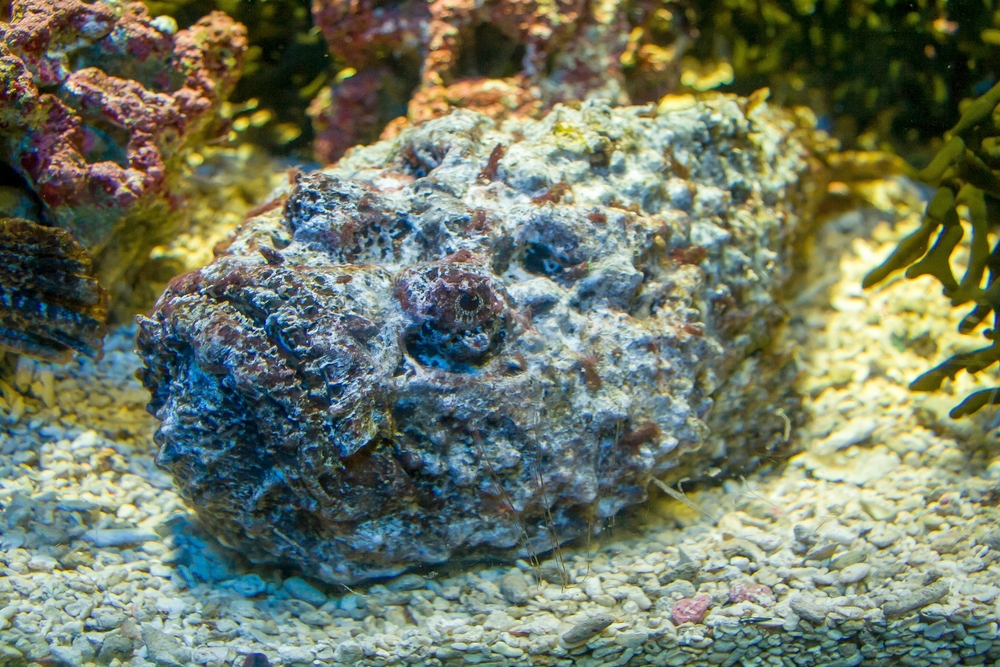
When it comes to playing hide and seek, the stonefish is the undefeated champion of the ocean floor. Resembling a rock, this fish blends seamlessly into its surroundings, making it easy to step on if you’re not paying attention. But unlike the pebbles you may have skipped across the water as a kid, this rock comes with a venomous surprise. Armed with dorsal fin spines that can pierce through a shoe, the stonefish delivers venom that can cause excruciating pain, swelling, and tissue death.
This isn’t just a “lie on the beach and relax” type of creature; it’s more of a “watch where you step” kind of warning. If stung, the pain can be so intense that immediate medical attention is crucial, and it can lead to shock and death if left untreated. So, the next time you’re wading through tropical waters, remember that not all stones are safe to step on.
4. Blue-Ringed Octopus: Beauty With a Bite
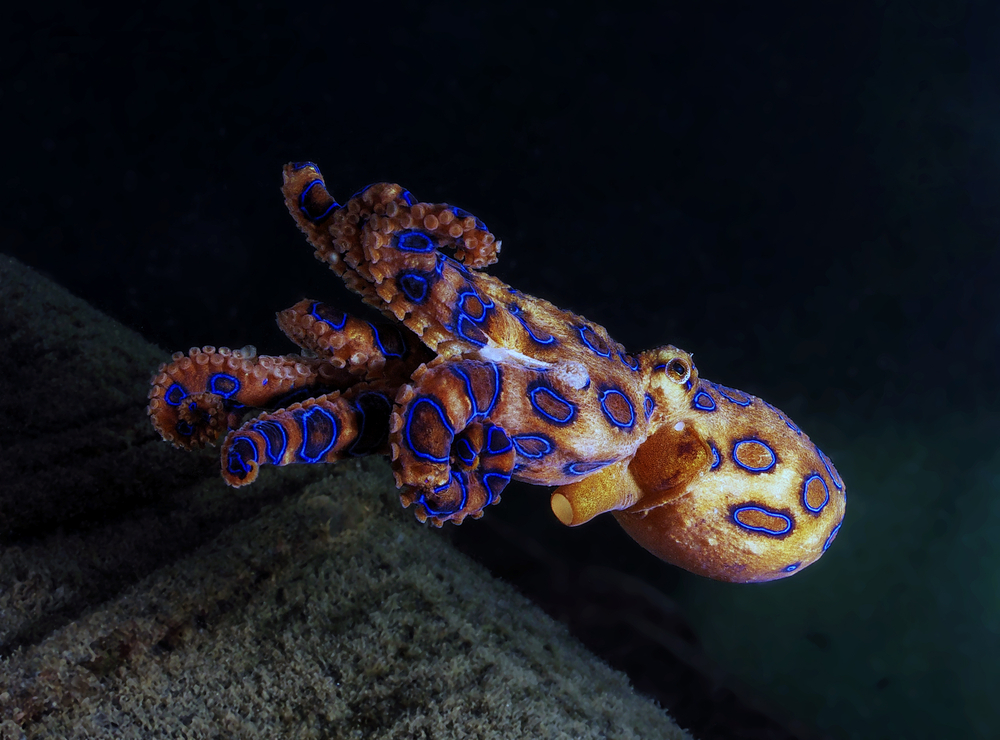
Don’t let the mesmerizing patterns fool you—the blue-ringed octopus is as deadly as it is beautiful. Found in the Pacific and Indian Oceans, this small creature packs enough venom to kill 26 humans within minutes, and to make matters worse, there’s no known antidote. The bite is painless, which means you might not even know you’ve been bitten until the symptoms—like muscle paralysis and respiratory failure—kick in.
Though they’re not aggressive by nature, their vivid blue rings appear when they feel threatened, serving as a warning to potential predators—and humans. If you’re snorkeling in their habitat, it’s best admired from a distance. Blue-ringed octopuses may be tiny, but their impact is anything but.
5. Pufferfish: Inflated Danger
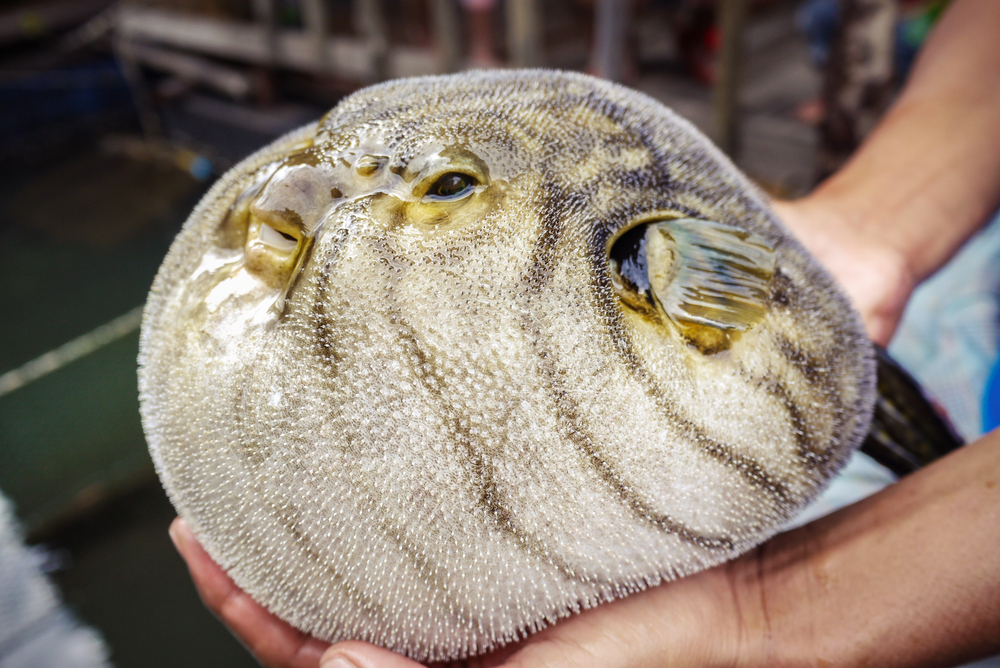
Pufferfish might look like cute, inflatable caricatures of sea life, but don’t be fooled by their comical appearance. These fish contain tetrodotoxin, a toxin that is 1,200 times more poisonous than cyanide. Just a small amount can lead to paralysis, respiratory arrest, and, yes, even death. Some cultures consider pufferfish a delicacy, but it takes a specially trained chef to prepare it safely; one wrong cut can turn dinner into a deadly experience.
While their ability to puff up serves as a defense mechanism, it’s the toxin that really seals the deal on their lethality. In the wild, predators don’t have the luxury of a trained chef, so it’s best for everyone—human and animal alike—to appreciate these spiky wonders from afar. If you’re ever tempted by the culinary thrill of eating pufferfish, just make sure the chef knows exactly what they’re doing.
6. Inland Taipan: The Shy Yet Fierce Hunter
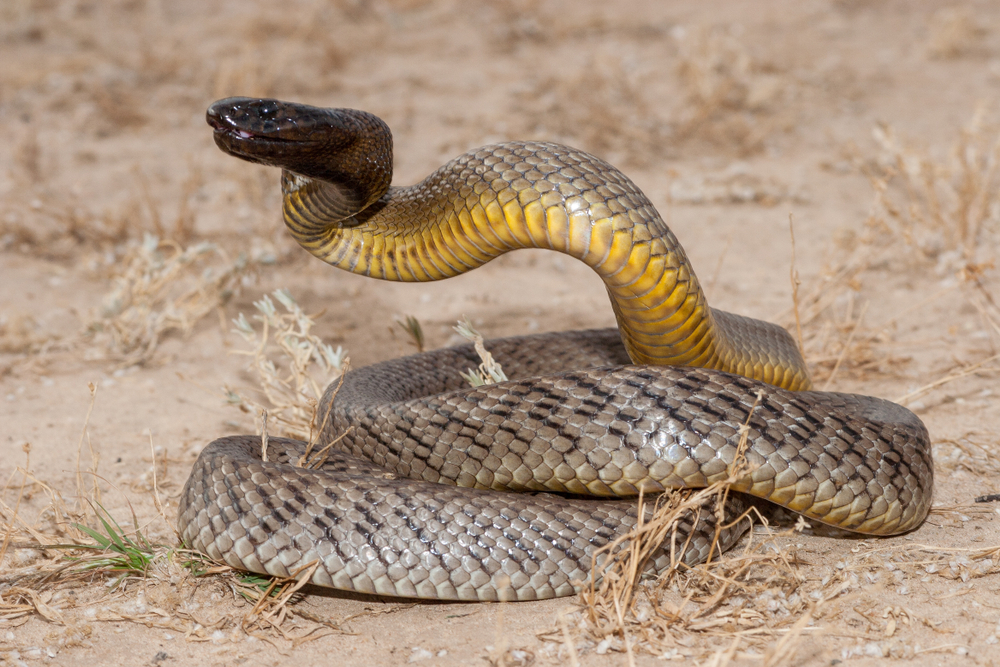
The inland taipan might not look as threatening as some of its larger snake relatives, but when it comes to venom potency, this snake takes the crown. Also known as the “fierce snake,” its venom is the most toxic of any snake, and a single bite contains enough venom to kill up to 100 humans. The good news? This snake is incredibly shy and rarely encountered by humans, preferring to stay hidden in the semi-arid regions of Australia.
But don’t mistake its reclusiveness for harmlessness. If cornered or threatened, the inland taipan won’t hesitate to defend itself with precision strikes. So while you might not run into this elusive serpent on your next bushwalk, it’s always wise to tread carefully and respect the hidden dangers of the Aussie outback.
7. Funnel-Web Spider: The Garden’s Not-So-Friendly Neighbor
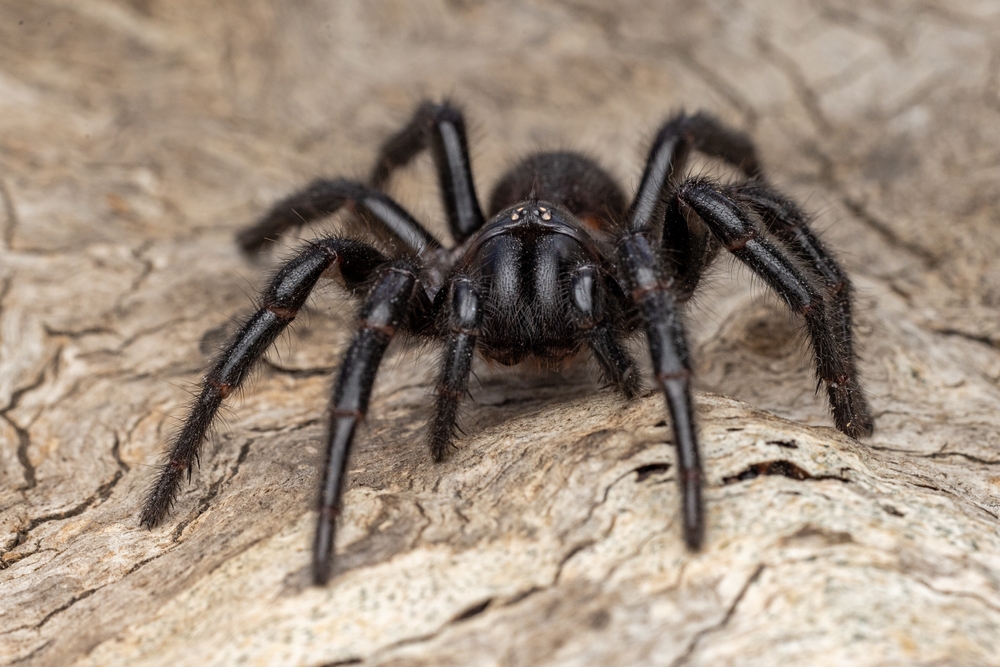
Spiders might not be everyone’s favorite garden guests, but the funnel-web spider takes the cake for turning a cozy backyard into a potential danger zone. Native to Australia, its venom is highly toxic, and its bite can cause severe pain, breathing difficulties, and if not treated swiftly, even death. The male funnel-web is particularly notorious for being more venomous than the female, and they often wander into homes during mating season, making an unexpected house guest.
However, there’s no need to turn your backyard into a no-go zone. Thanks to advances in antivenom, fatalities from funnel-web bites are rare, but immediate medical attention is crucial. So next time you’re out in the garden or brushing off that dusty old shed, keep an eye out for this eight-legged neighbor and appreciate from a respectful distance.
8. Brazilian Wandering Spider: The Nomadic Nightmare
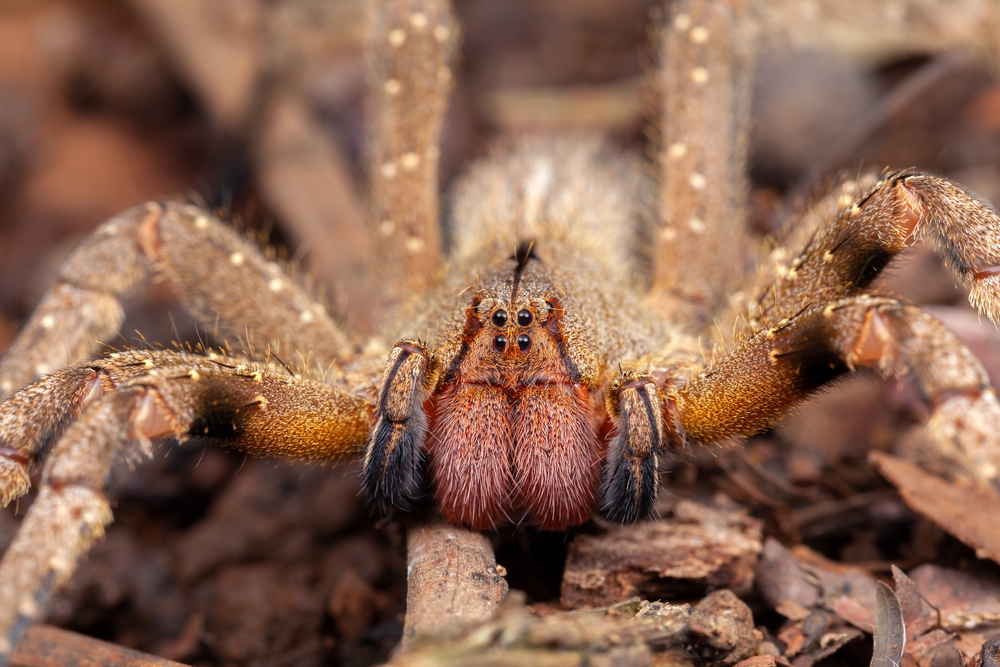
Affectionately known as the “banana spider” because of its tendency to hide in banana shipments, the Brazilian wandering spider is not just a pest for fruit vendors. Its venom is incredibly potent, capable of causing severe pain, paralysis, and in severe cases, death. Unlike spiders that spin webs and wait for prey, this spider prowls the jungle floor—and occasionally, people’s homes.
The thought of this spider lurking around can be unsettling, but they’re not out to get you. Typically, they bite only when provoked or threatened, so giving them space is key. If you’re traveling through South America and spot one of these in your path, remember it’s best to let sleeping spiders lie—or wander, in this case.
9. Deathstalker Scorpion: The Night Stalker of the Desert
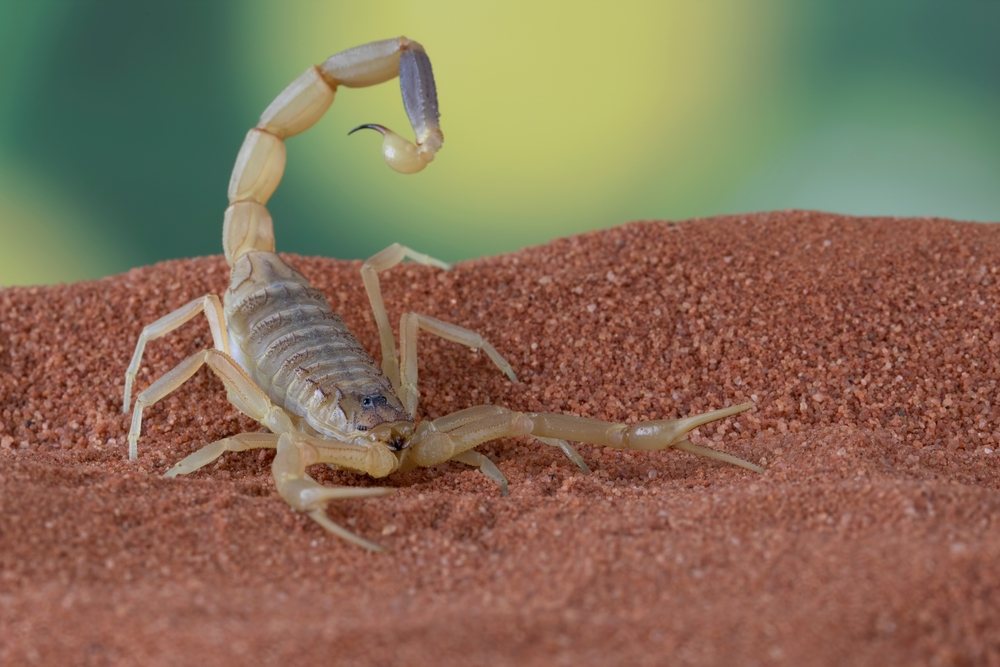
The name alone is enough to send chills down your spine. The deathstalker scorpion roams the deserts of North Africa and the Middle East, and its venom is a potent cocktail that can cause unbearable pain, fever, and even death in vulnerable individuals. While it’s not the largest scorpion out there, its sting packs a punch that could land you in a hospital if you’re not careful.
Though its fearsome reputation is well-earned, the deathstalker doesn’t actively seek out humans for stinging practice. They’re nocturnal hunters, so they prefer the company of insects over people. Respecting their territory and keeping your tent zipped up tightly during a desert night can help you avoid a painful encounter with this formidable creature.
10. Irukandji Jellyfish: The Tiny Terror of the Sea
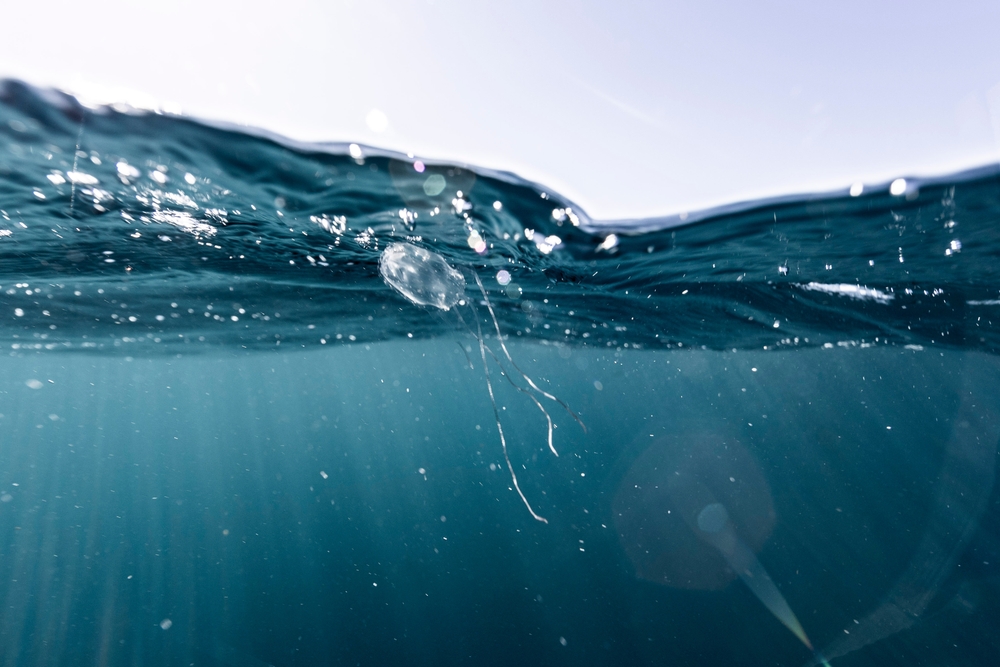
You’ve probably heard the phrase “big things come in small packages,” and the Irukandji jellyfish is the living embodiment of that saying. This minuscule jellyfish, just one cubic centimeter in size, is nearly invisible in the water but packs a venomous punch that can cause Irukandji syndrome—a potentially lethal condition characterized by severe pain, vomiting, and in extreme cases, heart failure. Its sting can be so painful that victims have been known to beg for death just to escape the agony.
Despite its size, the Irukandji jellyfish is not something to take lightly. Found in the waters of Northern Australia, it’s wise to heed local warnings and recommendations about swimming in jellyfish-infested areas. So the next time you’re tempted by a dip in those sun-drenched tropical waters, remember that sometimes the smallest threats are the most dangerous.
11. Cone Snail: A Beautiful but Deadly Collector’s Item
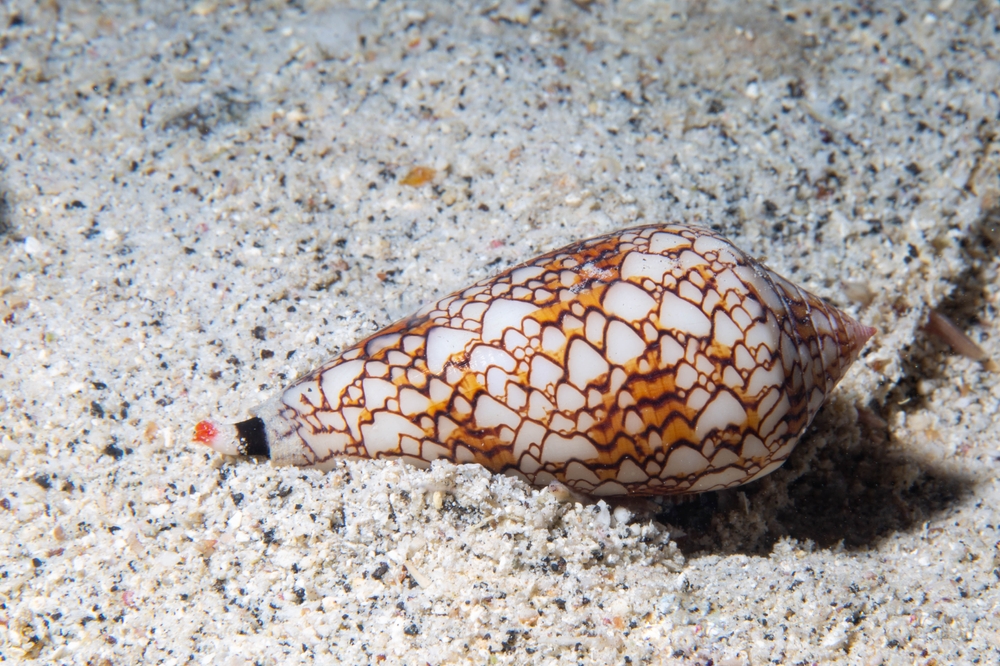
At first glance, the cone snail seems innocuous, even beautiful, with its intricately patterned shell. But beneath that pretty exterior lies a harpoon-like tooth capable of delivering a complex venom that can cause paralysis and respiratory failure. Known as “cigarette snails” because the legend says you only have time to smoke a cigarette before the venom takes its full effect, these snails are a collector’s dream and a beachcomber’s nightmare.
If you encounter one of these while strolling along a beach, it’s best to admire from a distance. Though they’re not aggressive, they will sting if handled. So if you’re keen on collecting shells, it might be best to stick with the empty ones and leave the live snails to the ocean.
12. Africanized Honey Bee: Sweet Yet Lethal
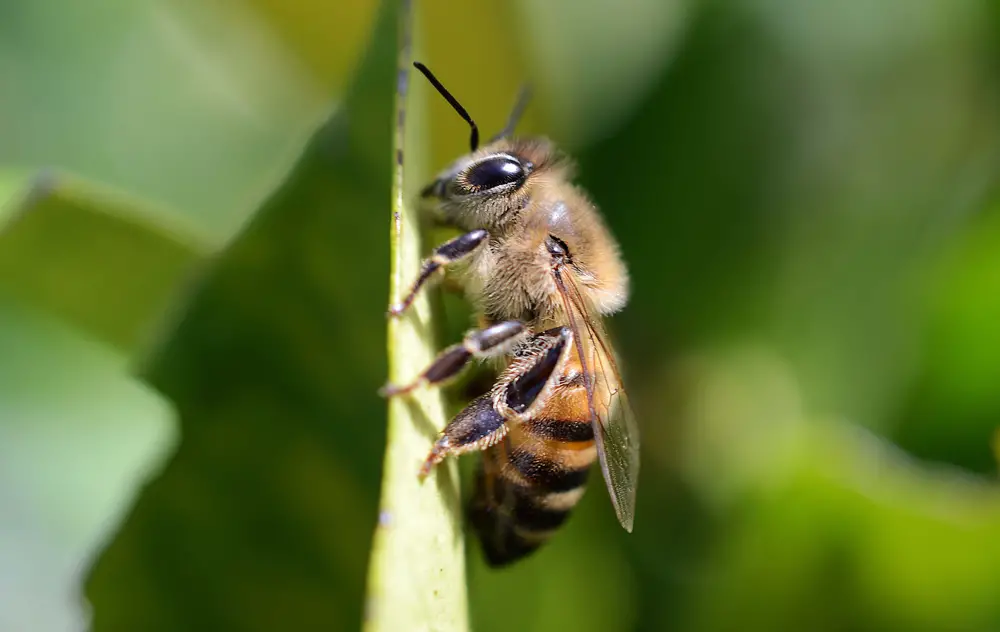
These bees might have “honey” in their name, but there’s nothing sweet about their temperament. Africanized honey bees, often called “killer bees,” are more aggressive than their European cousins and can swarm by the thousands when provoked. Each bee can only sting once, but when you’re facing a swarm, one sting quickly turns into many, leading to potentially fatal allergic reactions.
While they won’t chase you down without reason, disturbing their hive can turn a sunny day into a run-for-your-life situation. If you find yourself near a hive, it’s best to walk away slowly without sudden movements. Remember, while they’re protecting their home, your best defense is to avoid giving them a reason to attack.
13. Komodo Dragon: Ancient Predator of the Isles
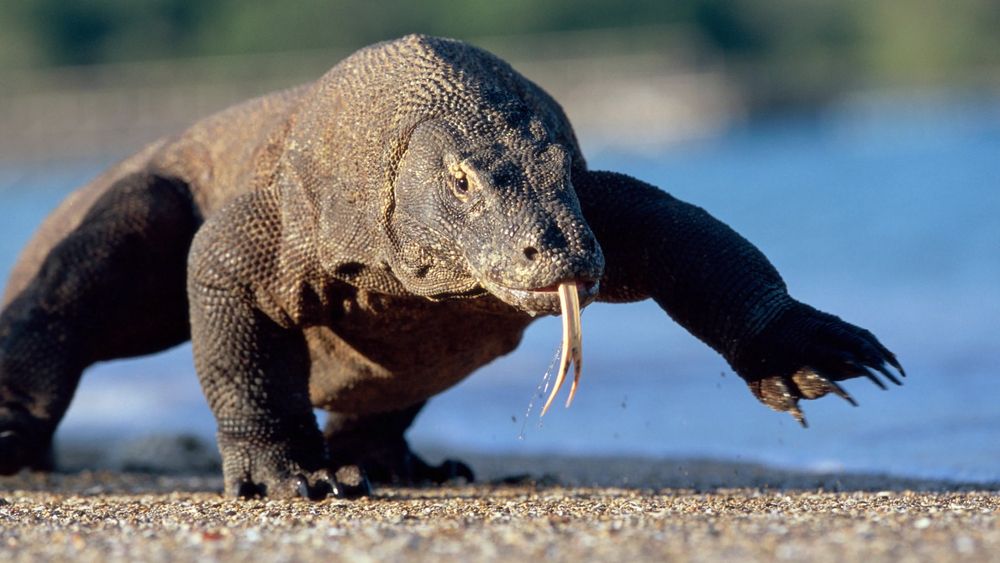
Komodo dragons might not spew fire, but that doesn’t make them any less terrifying. Found on a few Indonesian islands, these massive lizards can grow over 10 feet long and weigh up to 150 pounds. They have a venomous bite that can cause shock and blood clotting issues in their prey, which they often hunt with a patience that matches their prehistoric demeanor.
These apex predators are nothing short of fascinating, but observing them from a safe distance is a must. They can run faster than you might expect and have a keen sense of smell for detecting carrion from miles away. So while they may seem like slow, lumbering giants, underestimating a Komodo dragon’s agility or ferocity would be a grave mistake—pun intended.
